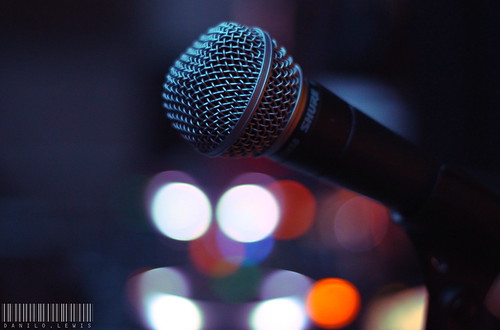
268|365
courtesy of Danilo.Lewis|Fotography
I’ll admit, I struggled a bit trying to figure out what to write a “Best of…” article around for this week. Sports? Covered. Food? Taken. I had to look deeper than the usual fare: what was it about DC—and about WeLoveDC in particular—that I really enjoyed over the past year? I realized that one of the perks we have is the slew of interview opportunities we’re given for the site. So why not look at some of the more interesting interviews we’ve done over the course of 2011?
Often, I find that through the glimpse of someone else’s eyes and perspectives, we’re given a mirror to gaze into our own lives and see where we are, what we’re missing, and what we can hope to achieve. We wrote quite a few interviews and features on people who live, work, and/or visit the DC area this year and I wanted to take a moment and point out some of the ones that really stand out. I hope you take a moment to dive into these great features and either revisit some old friends, or find your own inspiration to make a better 2012. Continue reading

